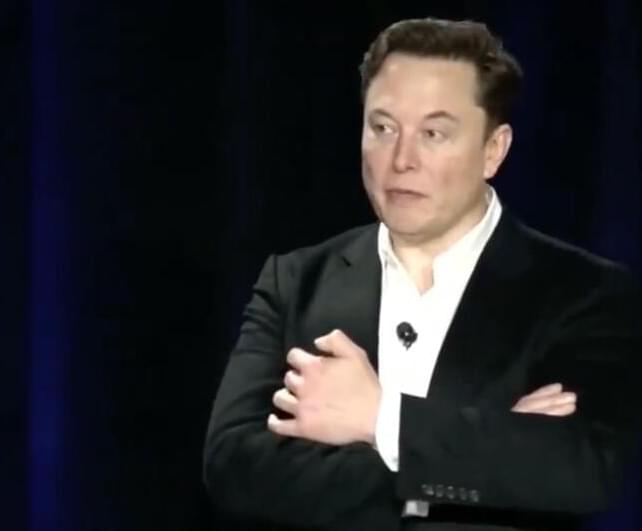Prominent investor Ron Baron has come out in support of Tesla CEO Elon Musk’s $56 billion pay package, which is up for a shareholder vote next week, according to an open letter from the Baron Capital founder on Tuesday.
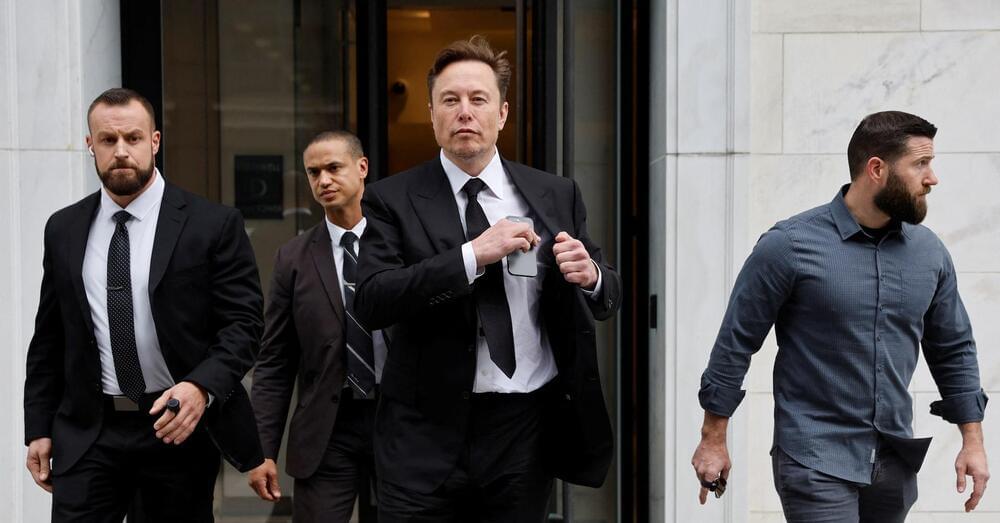



The mercurial billionaire said in a subsequent X post that xAI’s pre-money valuation was $18 billion. The financial term refers to the value of a company before any equity investment is made.
Pre-money valuation was $18B— Elon Musk (@elonmusk) May 27, 2024
Sunday’s announcement marks the first time xAI has talked about its fundraising efforts. Musk had repeatedly denied earlier reports from Bloomberg and the Financial Times about xAI’s outreach to investors.
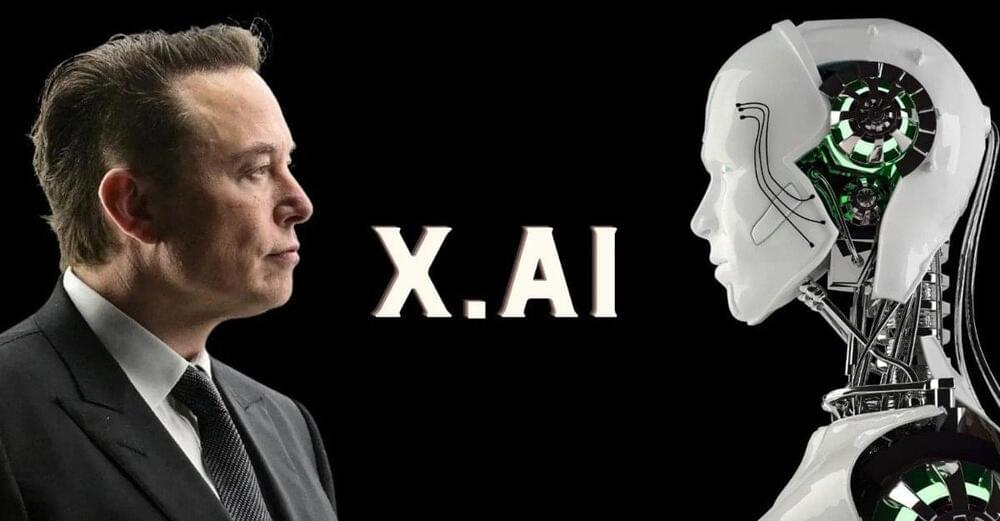
Meta and Elon Musk’s artificial intelligence (AI) startup, xAI, are both vying for a strategic partnership with Character.ai, an emerging player in the chatbot industry known for its innovative conversational agents. This competition highlights the escalating race in the AI sector to secure influential collaborations that could redefine user interactions with AI technologies.
Background on Character.ai
Character.ai, co-founded by ex-Google engineers Noam Shazeer and Daniel de Freitas, has gained considerable attention for its advanced conversational AI that allows users to interact with digital versions of various personalities, both real and fictional. The platform aims to deliver engaging and plausible dialogues, setting it apart from traditional AI models focused on factual accuracy.
The Neuralink and X.AI founder thinks Microsoft has gone too far with its AI-powered ‘Recall’ feature.
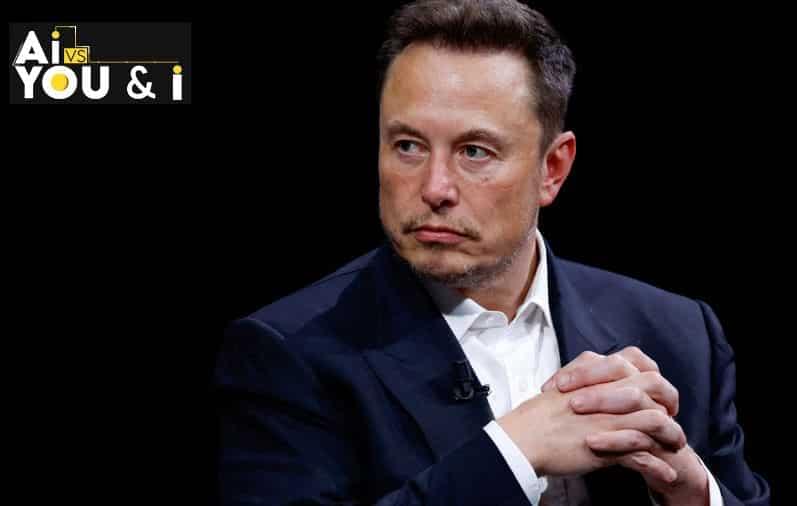
Elon Musk, the billionaire CEO of Tesla, has said that artificial intelligence (AI) will eventually eliminate all jobs. However, he affirmed that this is not necessarily an adverse development.
Speaking at a startup and tech event in Paris on Thursday (May 23) via video link, Musk said, “Probably none of us will have a job”, while predicting a future where jobs would be “optional”
“If you want to do a job that’s kinda like a hobby, you can do a job,” Musk told VivaTech 2024. “But otherwise, AI and the robots will provide any goods and services that you want.”
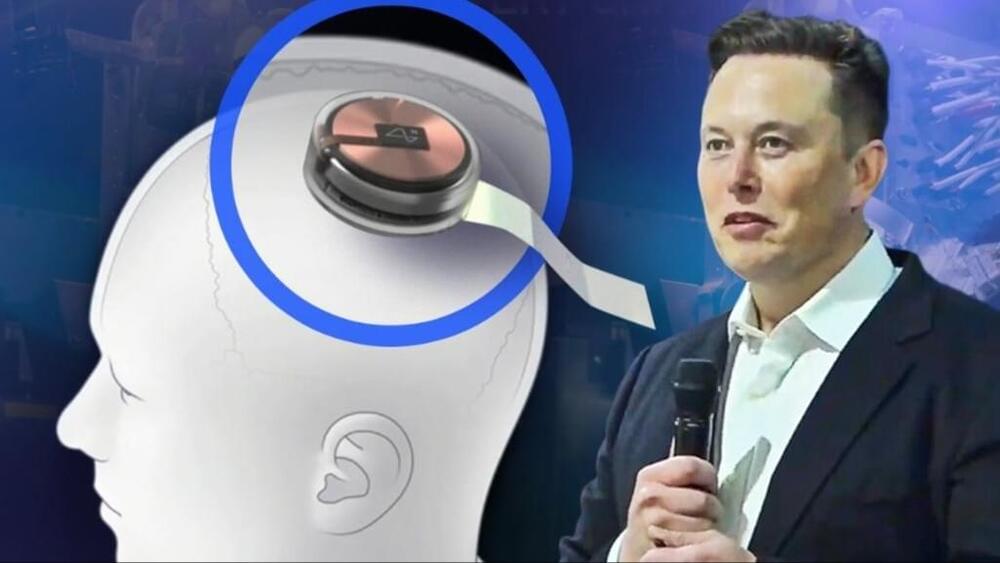
The FDA has allowed billionaire Elon Musk’s Neuralink to implant its brain chip in a second person after it proposed a fix for a problem that occurred in its first patient. Correspondent Brooke Shafer joins \.

Elon Musk traveled to Bali this weekend to officially launch Starlink, the SpaceX satellite internet service, in Indonesia this Sunday.
At a launch event with ministers in a health clinic in Indonesia, Musk stressed the significance of providing internet access to far-reaching corners of the vast archipelago, comprised of 17,000 islands across three time zones.
